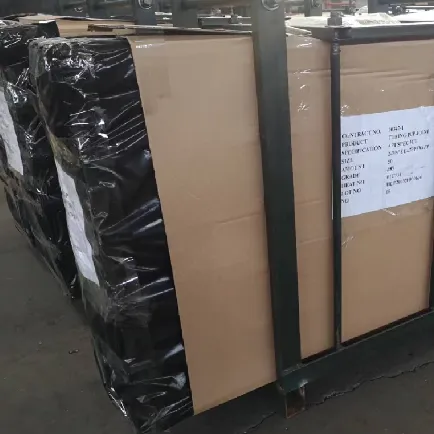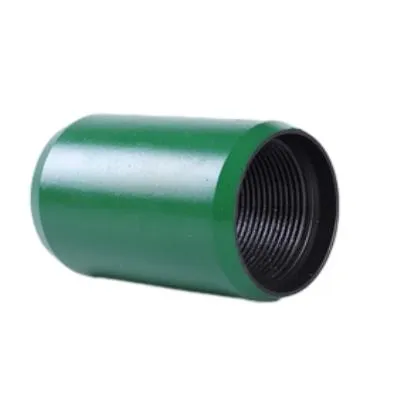- Afrikaans
- Albanian
- Amharic
- Arabic
- Armenian
- Azerbaijani
- Basque
- Belarusian
- Bengali
- Bosnian
- Bulgarian
- Catalan
- Cebuano
- Corsican
- Croatian
- Czech
- Danish
- Dutch
- English
- Esperanto
- Estonian
- Finnish
- French
- Frisian
- Galician
- Georgian
- German
- Greek
- Gujarati
- Haitian Creole
- hausa
- hawaiian
- Hebrew
- Hindi
- Miao
- Hungarian
- Icelandic
- igbo
- Indonesian
- irish
- Italian
- Japanese
- Javanese
- Kannada
- kazakh
- Khmer
- Rwandese
- Korean
- Kurdish
- Kyrgyz
- Lao
- Latin
- Latvian
- Lithuanian
- Luxembourgish
- Macedonian
- Malgashi
- Malay
- Malayalam
- Maltese
- Maori
- Marathi
- Mongolian
- Myanmar
- Nepali
- Norwegian
- Norwegian
- Occitan
- Pashto
- Persian
- Polish
- Portuguese
- Punjabi
- Romanian
- Russian
- Samoan
- Scottish Gaelic
- Serbian
- Sesotho
- Shona
- Sindhi
- Sinhala
- Slovak
- Slovenian
- Somali
- Spanish
- Sundanese
- Swahili
- Swedish
- Tagalog
- Tajik
- Tamil
- Tatar
- Telugu
- Thai
- Turkish
- Turkmen
- Ukrainian
- Urdu
- Uighur
- Uzbek
- Vietnamese
- Welsh
- Bantu
- Yiddish
- Yoruba
- Zulu
Januari . 17, 2025 02:54
Back to list
casing pup joint
A pup joint is an integral component widely used in the oil and gas industry, facilitating efficient and scalable operations in drilling and pipeline maintenance. Derived from its name, a pup joint is a short length of pipe, often measuring between a few feet to several tens of feet, specifically designed to adjust the length of a drill string or casing string. The utility of pup joints extends beyond mere length adjustment; they play a crucial role in enhancing operational precision and reducing wastage, thereby solidifying their indispensable nature in industry applications.
In terms of authority, the production and use of pup joints are governed by internationally recognized standards such as those set by the American Petroleum Institute (API). These standards dictate the manufacturing specifications, including length, weight, grade, and thread type, ensuring that all pup joints deployed in the field adhere to rigorous quality and safety benchmarks. Companies investing in quality pup joints are likely to favor those compliant with API standards, underscoring the significance of regulatory compliance in maintaining operational fidelity. The trustworthiness of pup joints is further reinforced through rigorous testing and quality assurance processes. Each joint undergoes extensive testing to simulate operational conditions, examining how they respond to tension, pressure, and temperature variations. This commitment to quality assurance enables companies to trust that their equipment will perform to expectations, enhancing the reliability of their operations. In the rapidly evolving landscape of the oil and gas industry, the role of pup joints remains fundamental. They embody the industry’s shift towards more efficient, safer, and environmentally conscious practices. By reducing waste, enhancing operational flexibility, and ensuring safety, pup joints are not merely components of a drill string or casing string; they are emblematic of the industry's continuous pursuit of innovation and excellence. In conclusion, pup joints are more than adjuncts to pipes; they are enablers of operational efficiency and safety. Their design and deployment are crucial for achieving nuanced operational goals, making them indispensable in modern drilling and pipeline maintenance activities. As new technologies and methodologies emerge, the humble yet highly sophisticated pup joint will undoubtedly continue to evolve, rising to meet the challenges and demands of contemporary and future energy exploration and production.


In terms of authority, the production and use of pup joints are governed by internationally recognized standards such as those set by the American Petroleum Institute (API). These standards dictate the manufacturing specifications, including length, weight, grade, and thread type, ensuring that all pup joints deployed in the field adhere to rigorous quality and safety benchmarks. Companies investing in quality pup joints are likely to favor those compliant with API standards, underscoring the significance of regulatory compliance in maintaining operational fidelity. The trustworthiness of pup joints is further reinforced through rigorous testing and quality assurance processes. Each joint undergoes extensive testing to simulate operational conditions, examining how they respond to tension, pressure, and temperature variations. This commitment to quality assurance enables companies to trust that their equipment will perform to expectations, enhancing the reliability of their operations. In the rapidly evolving landscape of the oil and gas industry, the role of pup joints remains fundamental. They embody the industry’s shift towards more efficient, safer, and environmentally conscious practices. By reducing waste, enhancing operational flexibility, and ensuring safety, pup joints are not merely components of a drill string or casing string; they are emblematic of the industry's continuous pursuit of innovation and excellence. In conclusion, pup joints are more than adjuncts to pipes; they are enablers of operational efficiency and safety. Their design and deployment are crucial for achieving nuanced operational goals, making them indispensable in modern drilling and pipeline maintenance activities. As new technologies and methodologies emerge, the humble yet highly sophisticated pup joint will undoubtedly continue to evolve, rising to meet the challenges and demands of contemporary and future energy exploration and production.
Next:
Latest news
-
Tubing Pup Joints: Essential Components for Oil and Gas OperationsNewsJul.10,2025
-
Pup Joints: Essential Components for Reliable Drilling OperationsNewsJul.10,2025
-
Pipe Couplings: Connecting Your World EfficientlyNewsJul.10,2025
-
Mastering Oilfield Operations with Quality Tubing and CasingNewsJul.10,2025
-
High-Quality Casing Couplings for Every NeedNewsJul.10,2025
-
Boost Your Drilling Efficiency with Premium Crossover Tools & Seating NipplesNewsJul.10,2025
Related Products







